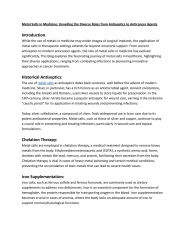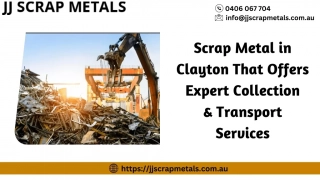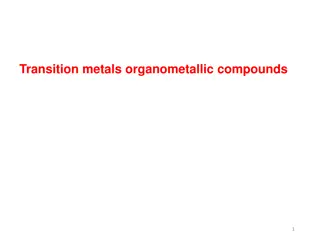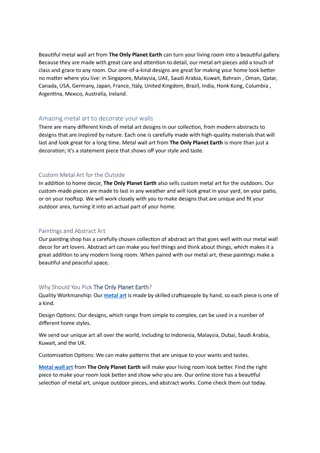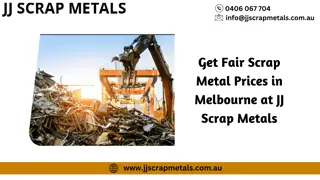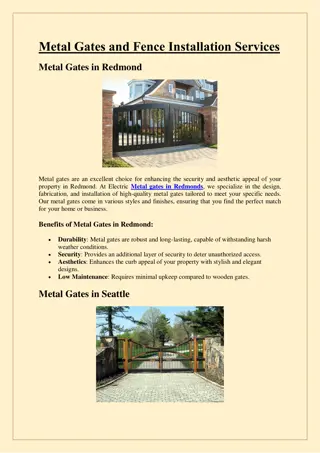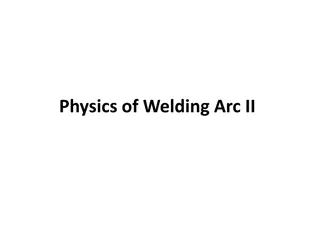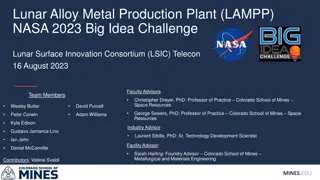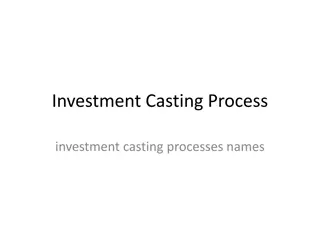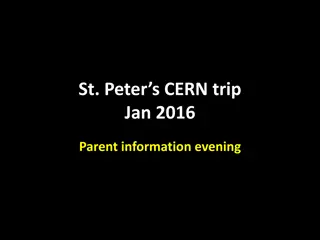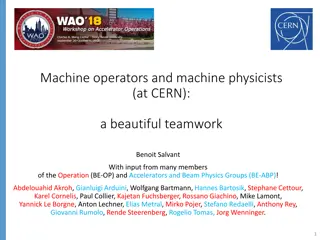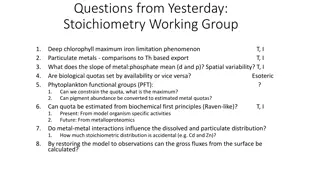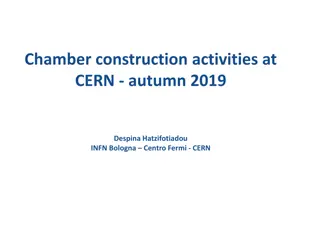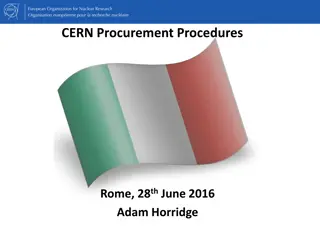LIEBE Molten Metal Target Design at CERN-ISOLDE
This project focuses on designing a molten metal target based on a Pb-Bi loop at CERN-ISOLDE. The aim is to validate the conceptual design for the EURISOL direct target by developing a prototype for CERN-ISOLDE. The collaboration began in May 2012 with specific work packages assigned for coordination, design, simulations, construction, safety, radiochemistry, and operational aspects. The target involves high power capabilities for short-lived isotopes. The introduction explains the context, ISOLDE's specifications, and the proposed design elements.
Download Presentation

Please find below an Image/Link to download the presentation.
The content on the website is provided AS IS for your information and personal use only. It may not be sold, licensed, or shared on other websites without obtaining consent from the author.If you encounter any issues during the download, it is possible that the publisher has removed the file from their server.
You are allowed to download the files provided on this website for personal or commercial use, subject to the condition that they are used lawfully. All files are the property of their respective owners.
The content on the website is provided AS IS for your information and personal use only. It may not be sold, licensed, or shared on other websites without obtaining consent from the author.
E N D
Presentation Transcript
LIEBE: Design of a molten metal target based on a Pb-Bi loop at CERN-ISOLDE T. De Melo Mendonca, M. Delonca, D. Houngbo, C. Maglioni, L. Popescu, P. Schuurmans, T. Stora (May 21, 2014) 5th High Power Targetry Workshop 1 2/25/2025
Outline Introduction/context Proposed design Diffusion simulations Numerical results Heat Exchanger (HEX) Beam impact Conclusion & next steps 5th High Power Targetry Workshop 2 2/25/2025
Introduction/context 5th High Power Targetry Workshop 3 2/25/2025
Introduction/context (1) Aim of LIEBE target: validation of conceptual design for the EURISOL direct target by developing a prototype for CERN-ISOLDE. Some keywords: high power target, short-lived isotopes, Collaboration started in May 2012 for the LIEBE (Liquid Eutectic Lead Bismuth Loop Target) project: WP definition WP holder Coordinator WP1 : Coordination WP2 : Conceptual Design and simulations WP3 : Construction, assembly WP4 : Instrumentation WP5 : Safety and Licensing WP6 : Target characterization and analysis WP7 : Radiochemistry WP8 : Offline commissioning WP9 : Online operation CERN SCK-CEN CERN CERN CEA PSI SINP IPUL CERN T. Stora P. Schuurmans M. Delonca T. Mendonca A. Marchix D. Schumann S. Lahiri K. Kravalis T. Mendonca 5th High Power Targetry Workshop 4 2/25/2025
Introduction/context (2) ISOLDE: on-line isotope mass separator @ CERN Proton beam from PSB: 1.4 GeV 2 A 3e13 protons/pulse Cycle: 1.2 s 3 kW average power Instantaneous power: 1 GW 5th High Power Targetry Workshop 5 2/25/2025
Introduction/context (3) 5th High Power Targetry Workshop 6 2/25/2025
Proposed design 5th High Power Targetry Workshop 7 2/25/2025
Proposed design (1) Proposed by EURISOL 5th High Power Targetry Workshop 8 2/25/2025
Current front end + target Proposed design (2) Main loop Pump/motor Current target unit Diameter: 300 mm 5th High Power Targetry Workshop 9 2/25/2025
Proposed design - main part (3) Filling tank Container * Beam 650 mm HEX Diffusion chamber Pump pipes + heating/isolating elements all along the loop * D. Houngbo, SCK-CEN 5th High Power Targetry Workshop 10 2/25/2025
Proposed design HEX (4) HEX LBE Casserole in between water and LBE LBE circulation Water block 5th High Power Targetry Workshop 11 2/25/2025
Proposed design HEX (5) 5 working temperatures defined in step of 100 C 5 inlets on each side 1 outlet on each side 400 C 600 C For each working temperature defined, only two inlets are used. 500 C 200 C 300 C 5th High Power Targetry Workshop 12 2/25/2025
Diffusion simulations 5th High Power Targetry Workshop 13 2/25/2025
Diffusion simulations (1) Diffusion: model from Fujioka et al. (NIM 186 (1981) 409) ? ? =2.? 1 ?2 ?=1 ??+ ???? ?2 With ??= ? ???????????? ????????? ???? = ? = ?????? ?? ??????? ????????? ??????????? ?? ??????? ?? ??? ?? ??? ??= ???? ???? ?? ??????? ? = ?2 ? Static units Diffusion optimized for droplets shape Need a grid on the container to create the shower 10 mm Holes diameter: 0.1 mm, Thickness plate: 0.5 mm Material: SS304L Courtesy T. Mendonca, CERN 5th High Power Targetry Workshop 14 2/25/2025
Diffusion simulations (2) 177Hg (T1/2= 130 ms) as reference: Diffusion Improvement of diffusion with temperature Increasing droplet radius will decrease the released fraction Diffusion efficiency of 38% for 100 ms, 44% for 200 ms in the diffusion chamber Maximum operating temperature limited by vapor pressure of LBE Courtesy T. Mendonca, CERN 5th High Power Targetry Workshop 15 2/25/2025
Diffusion simulations (3) Conclusions Diffusion efficiency is improved with: Droplet shape Temperature Falling time of the droplets (lower outlet velocity, longer falling distance) 5th High Power Targetry Workshop 16 2/25/2025
Numerical results 5th High Power Targetry Workshop 17 2/25/2025
Numerical results HEX(1) Need to keep the target at the desired working temperature for temperature ranging from 200 C till 600 C Power contributions: Pump power extraction + - Beam Pump Pump Radiation Radiation power extraction - HEX Beam 330 to 990 W Pump 2 200 W 5th High Power Targetry Workshop 18 2/25/2025
Numerical results HEX(2) Assessment of HEX behavior with CFX Dimensioning of an HEX: P = H S ?????? ???= ?2 ?1 1 ??? ? = 1 1+1 ln ?2 ?1 2 Problem: The HEX must extract less power @ 600 C than @ 200 C BUT power extracted depend on the surface of exchange, the average heat exchange coefficient and the temperature of both fluids involved -> need of a variable HEX! Water LBE Flow rate (l/s) T inlet ( C) T outlet ( C) 0.22 27 < 90 0.23 Variable Variable 5th High Power Targetry Workshop 19 2/25/2025
Numerical results HEX(3) Summary of results: Example @ 600 C T max water ( C) P extracted (W) 200 C 300 C 400 C 500 C 600 C 78 83 73 68 79 3 180 3 050 2 890 2 820 2 650 Tmax water = 79 C Tmax LBE = 597 C 5th High Power Targetry Workshop 20 2/25/2025
Numerical results HEX(4) Conclusions Temperature and power extraction are in the proper range (values have been checked over the full range of temperature, from 200 C up to 600 C) Further analysis must be computed considering bad thermal contact between the different parts Prototype will validate the design Temperature controlled with heating elements installed all along the loop 5th High Power Targetry Workshop 21 2/25/2025
Numerical results Beam impact (1) Assessment of beam impact with Fluka & Ansys Autodyn Geometry considered Isolde beam parameters Container: Stainless Steel 304, solid part, Lagrangian part Liquid: LBE, SPH elements Use of 40 gauges along beam axis 5th High Power Targetry Workshop 22 2/25/2025
Numerical results Beam impact (2) Material definition Standard variables @ 600 C. , Cp, k ??= ?0+ ? ?? ? =1 2 1 + =? ?? ? ?? Shock EOS (Linear model) Gruneisen model Us = shock velocity, = Gruneisen coefficient, ??= particle velocity, C0 and S = fitting parameters Failure mechanism Hydrodynamic tensile limit 2 values considered: -150 kPa and -1.9 GPa (no value available for LBE) Courtesy E. Noah, Un Geneva 5th High Power Targetry Workshop 23 2/25/2025
Numerical results Beam impact (3) Analysis for 50 s (1 pulse = 32.6 s) under hydrodynamic tensile limit Shock waves deposit energy onto the weakest point of the container (grid part). Stresses up to 350 MPa (Yield = 390 MPa) in less than 1 ms. 5th High Power Targetry Workshop 24 2/25/2025
Numerical results Beam impact (4) Analysis for 50 s (1 pulse = 32.6 s) over hydrodynamic tensile limit Deformation scale: *9 Cavitation in the liquid will induce splashing of the LBE and projection of droplets with very high velocity in the diffusion chamber. 5th High Power Targetry Workshop 25 2/25/2025
Numerical results Beam impact (5) Conclusions & Outlook The geometry needs an improvement to avoid resonant shock waves Impact of beam onto the container should be further investigated: Negligible impact expected Need more detailed simulation to prove it Simulation must be computed for longer time 5th High Power Targetry Workshop 26 2/25/2025
Conclusion & next steps 5th High Power Targetry Workshop 27 2/25/2025
Conclusion & next steps Preliminary optimization design is available, under Test of the Heat Exchanger foreseen Optimization of the irradiation container under beam impact on-going Off-line tests scheduled in the near future 5th High Power Targetry Workshop 28 2/25/2025
Thank you for your attention! 5th High Power Targetry Workshop 29 2/25/2025
Thanks to all the contributors V. Barozier A. P. Bernardes K. Kravalis F. Loprete S. Marzari R. Nikoluskins F. Pasdeloup A. Polato H. Znaidi (and many others ) 5th High Power Targetry Workshop 30 2/25/2025
Back up slides 5th High Power Targetry Workshop 31 2/25/2025
Introduction/context (4) Specificity of RIBs (Radioactive Ion Beam) production via the ISOL (Isotope separation on-line) technique:Isolde target unit Extraction electrode Effusion Diffusion Ion source Target Transfer line Plasma Extracted ion beam Leaks Primary beam Condensation Neutrals Decay loss Leaks Leaks Release loss Isotope production Condensation Sidebands Multiplycharged Decay loss Decay loss 5th High Power Targetry Workshop 32 2/25/2025
Introduction/context (5) Specificity of RIBs (Radioactive Ion Beam) production via the ISOL (Isotope separation on-line) technique:Isolde target unit Radioactive ion beam (RIB) intensity: Transfer line Heated: decrease adsorption in effusion process Cooled: trap condensable isobaric contaminants Target density [atom cm-2] Diffusion+effusion efficiency RIB intensity [s-1 A-1] ( ) = diff I N I + arg RIB prod t et prim beam eff ion Cross section [cm2] Proton beam intensity [s-1 A-1] Ionization efficiency Target Heating Diffusion improves with temperature 5th High Power Targetry Workshop 33 2/25/2025
Diffusion/effusion simulations (3) Effusion: Monte Carlo The effusion efficiency is dependent on the geometry of the container/diffusion chamber, the sticking time, the mean free path and number of collisions with droplets and surface of containment. Sticking times of ~10-12s negligible effect in efficiency Effusion efficiencies 22% and 34% for residence times in the diffusion between 100-200 ms release between chamber Estimated efficiencies of ~ 8% for 100 ms and ~ 15% for 200 ms. release (diff+eff) Thanks to T. Mendonca 5th High Power Targetry Workshop 34 2/25/2025
Concept 5 - Results 1 kg of LBE in Feeder Volume, 2 feeder grids of 2520 apertures 1-mm or 0.5-mm thick feeder grids 2520 evacuation apertures 1.5-m/s inlet velocity ~0.2-bar pressure drop Stable uniform flow between 500 K 1500 K Static-Pressures (Pa) Velocity Vectors (m/s) Feeder Volume Irradiation Volume 35 Houngbo D.- LIEBE project, Computational Fluid Dynamics (CFD) analysis.- Workshop on Radioactive Ion Beam Production and High-Power Target Stations.- Mol, Belgium, 16-18 September 2013.- [Presentation]
Numerical results HEX(3) Example @ 600 C Velocity in water and LBE Tmax water = 79 C Tmax LBE = 597 C Pressure in water for case LBE @ 200 C 5th High Power Targetry Workshop 36 2/25/2025
Numerical results HEX(4) Summary of results: 3610 T max water ( C) P extracted (W) Power extracted (W) 3110 200 C 300 C 400 C 500 C 600 C 200 C 300 C 400 C 500 C 600 C 78 83 73 68 79 3 180 3 050 2 890 2 820 2 650 2610 2110 1610 200 250 300 350 400 450 500 550 600 Temperature LBE (Deg C) 5th High Power Targetry Workshop 37 2/25/2025


